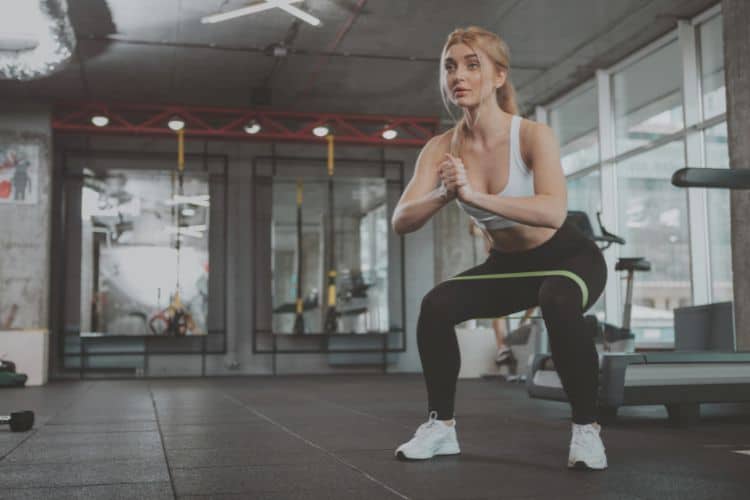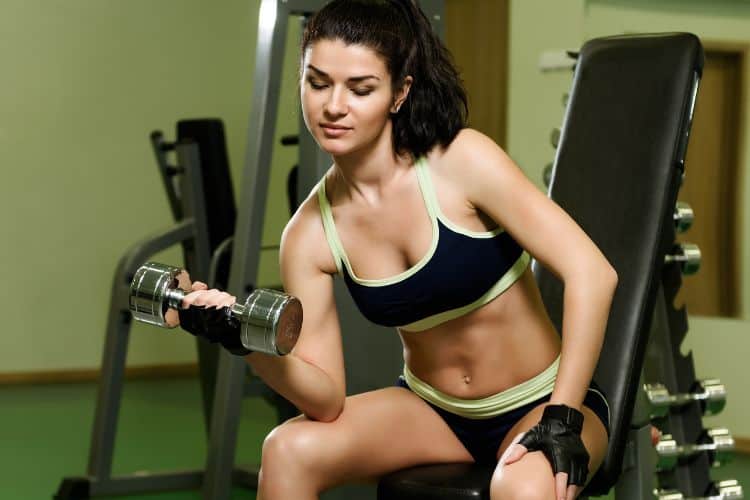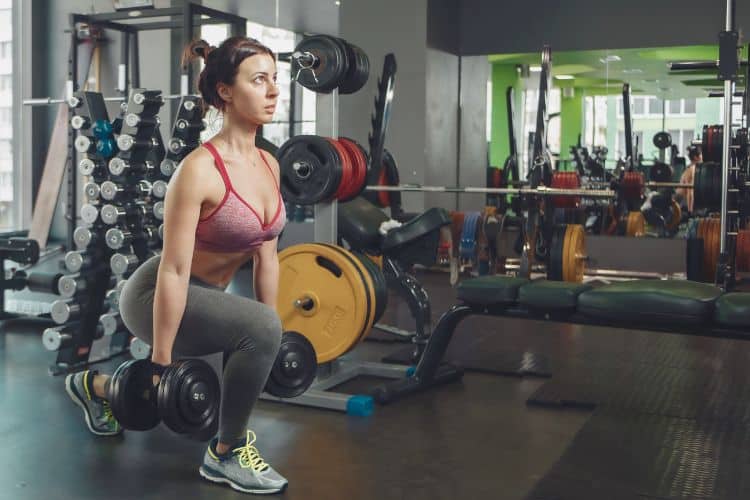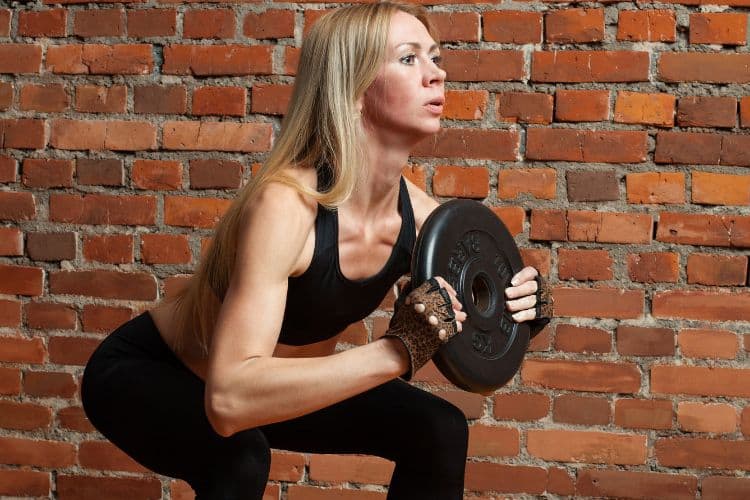Sign up for workout ideas, training advice, reviews of the latest gear and more.






In today’s fast-paced world, mobility is not just about getting from point A to B. For women, mobility in fitness refers to the ability of the joints and muscles to move through their full range of motion without any discomfort or limitation. Mobility workouts focus on improving this crucial aspect of physical wellness. So, whether you’re a seasoned athlete or someone just starting on the fitness journey, this article breaks down why and how mobility workouts are essential for you.
Injury Prevention: Regularly practicing mobility exercises helps to minimize the risk of injuries. These exercises can strengthen the supportive tissues around joints, leading to better joint health and stability.
Improved Posture: Many of us suffer from poor posture due to our sedentary lifestyles. Mobility workouts can address imbalances in our bodies, aiding in maintaining an upright posture, and avoiding long-term issues like chronic back pain.
Better Performance: Whether it’s lifting weights, yoga, or any other form of exercise, enhanced mobility can lead to improved performance. This is because you’ll be able to engage the right muscles more effectively.
Increased Range of Motion: Mobility workouts can help stretch and lengthen muscles, which in turn increases your range of motion in various exercises and daily activities.
Enhanced Daily Functionalities: Whether it’s picking up groceries, playing with your kids, or just climbing a flight of stairs, better mobility translates to easier and more efficient daily movement.
Dynamic Stretching: Unlike static stretches where you hold a position, dynamic stretches involve movement. Examples include leg swings, arm circles, and walking lunges.
Joint Rotations: This involves moving your joints in circles, which can be done for the ankles, wrists, hips, and more. It warms up the joints and increases blood flow.
Functional Movement Patterns: Exercises like squats, push-ups, and lunges are functional movements that can be incorporated into your mobility workout. They engage multiple muscle groups and joints.
Foam Rolling: Also known as self-myofascial release, foam rolling helps in breaking down tight muscle knots, enhancing muscle function.
Ankle Circles: Sit down and extend one leg in front of you, rotating your ankle clockwise for 15 seconds, then counterclockwise. Switch legs.
Cat-Cow Stretch: On your hands and knees, arch your back while looking up (Cow), then round your spine tucking your chin (Cat). Repeat for 10 cycles.
Hip Circles: Stand with your hands on your hips and feet shoulder-width apart. Move your hips in a circular motion, first clockwise, then counterclockwise.
Arm Circles: Extend your arms out to the sides and create small circles forward for 30 seconds and then backwards.
Deep Squats: With feet shoulder-width apart, lower into a squat ensuring your knees don’t pass your toes. Go as deep as your flexibility allows, aiming to eventually have your thighs parallel to the floor.
Thoracic Extension: Sit or stand tall. Place your hands at the back of your head, elbows wide. Gently arch your upper back, squeezing the shoulder blades together. Return to the starting position and repeat.
Foam Roll: Spend at least a minute on each major muscle group – calves, hamstrings, quads, glutes, and upper back.
Building on our exploration of mobility workouts, let’s dive deeper into their benefits and considerations. While mobility exercises are undeniably advantageous for everyone, women, in particular, face unique challenges and life phases that make these workouts even more critical.
Women’s bodies go through a range of hormonal changes throughout their lives, from menstruation to pregnancy and menopause. Each of these phases has its effects on joint and muscle flexibility.
Menstruation: Some women experience joint pain or feel more flexible due to the hormonal changes during their menstrual cycle. Mobility exercises can alleviate joint discomfort and ensure that muscles remain active and supportive.
Pregnancy: As the body prepares for childbirth, it releases relaxin, a hormone that makes ligaments more pliable. However, this increased flexibility can make women more susceptible to joint injuries. A guided mobility routine can help ensure that increased flexibility is managed safely.
Menopause: Reduced estrogen levels during menopause can affect joint health. Regular mobility workouts can help maintain joint integrity and muscle tone during this transitional phase.
Osteoporosis, characterized by weakening bones, poses a significant threat to many women, especially post-menopause. Weight-bearing mobility exercises like squats and lunges can help in promoting bone density and reducing the risk of fractures.
Modern lifestyles can exacerbate mobility issues. Consider these scenarios:
High Heels: Frequently wearing heels can shorten calf muscles and strain the back. Incorporating ankle and calf stretches can counteract some of these effects.
Desk Jobs: Sitting for extended periods can lead to tight hip flexors and weakened gluteal muscles. Regular hip stretches and strengthening exercises can help alleviate these issues.
Childcare: Lifting and carrying children can strain the back and shoulders. Mobility exercises targeting these areas can enhance functional strength and flexibility.
Every woman is unique, and so should be her mobility routine. Here are steps to personalize your workouts:
Identify Problem Areas: Some women might have tighter hips, while others might struggle with shoulder mobility. It’s essential to assess and understand your body’s specific needs.
Mix Strength and Flexibility: While improving range of motion is crucial, strength in that new range is equally important. Incorporate resistance bands or light weights in your routine.
Mind the Intensity: Just like any other workout, it’s important to progress gradually. Start with basic stretches and then move to advanced exercises.
Consult Professionals: Consider getting a fitness assessment. Physical therapists or personal trainers can offer insights into areas that need attention and recommend specific exercises.
While the physical benefits of mobility exercises are evident, they also offer mental health benefits. These exercises require mindfulness — the connection between mind and body is strengthened as you focus on movement and breathing. This can lead to reduced stress, enhanced focus, and a more positive mindset.
Moreover, mobility workouts can be therapeutic. They offer a moment of pause in our hectic lives, allowing us to reconnect with ourselves. Over time, as you become more in tune with your body, you’ll also develop a greater sense of self-awareness and confidence.
The essence of mobility exercises transcends the mere act of stretching and moving. For women, they represent a holistic approach to health, addressing unique challenges and celebrating the dynamic phases of a woman’s life. So, if you’re a woman looking to enhance your wellness journey, give mobility workouts the attention they deserve. Embrace them not just as a fitness routine, but as a celebration of what your incredible body can achieve.
Stay up to date on the latest women’s health, fitness and lifestyle trends and tips.